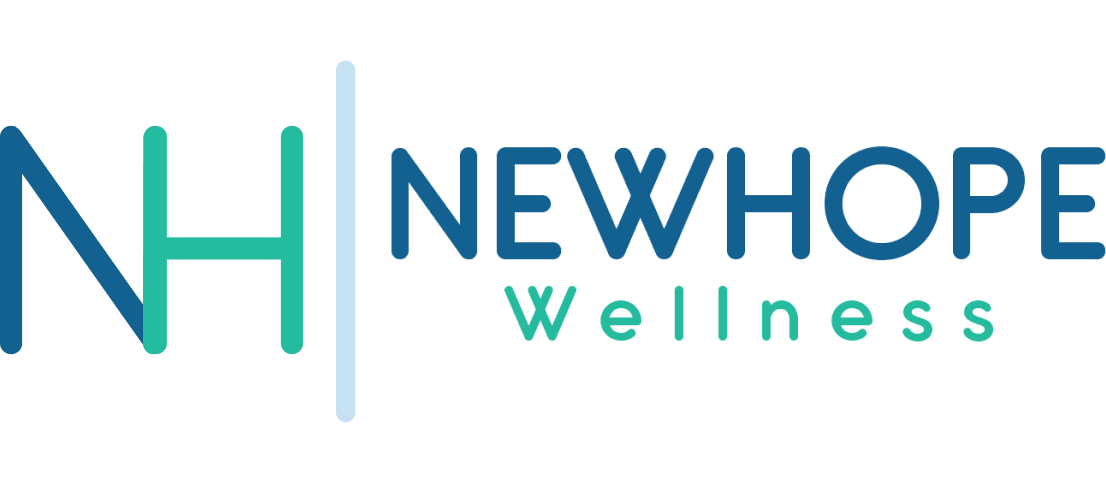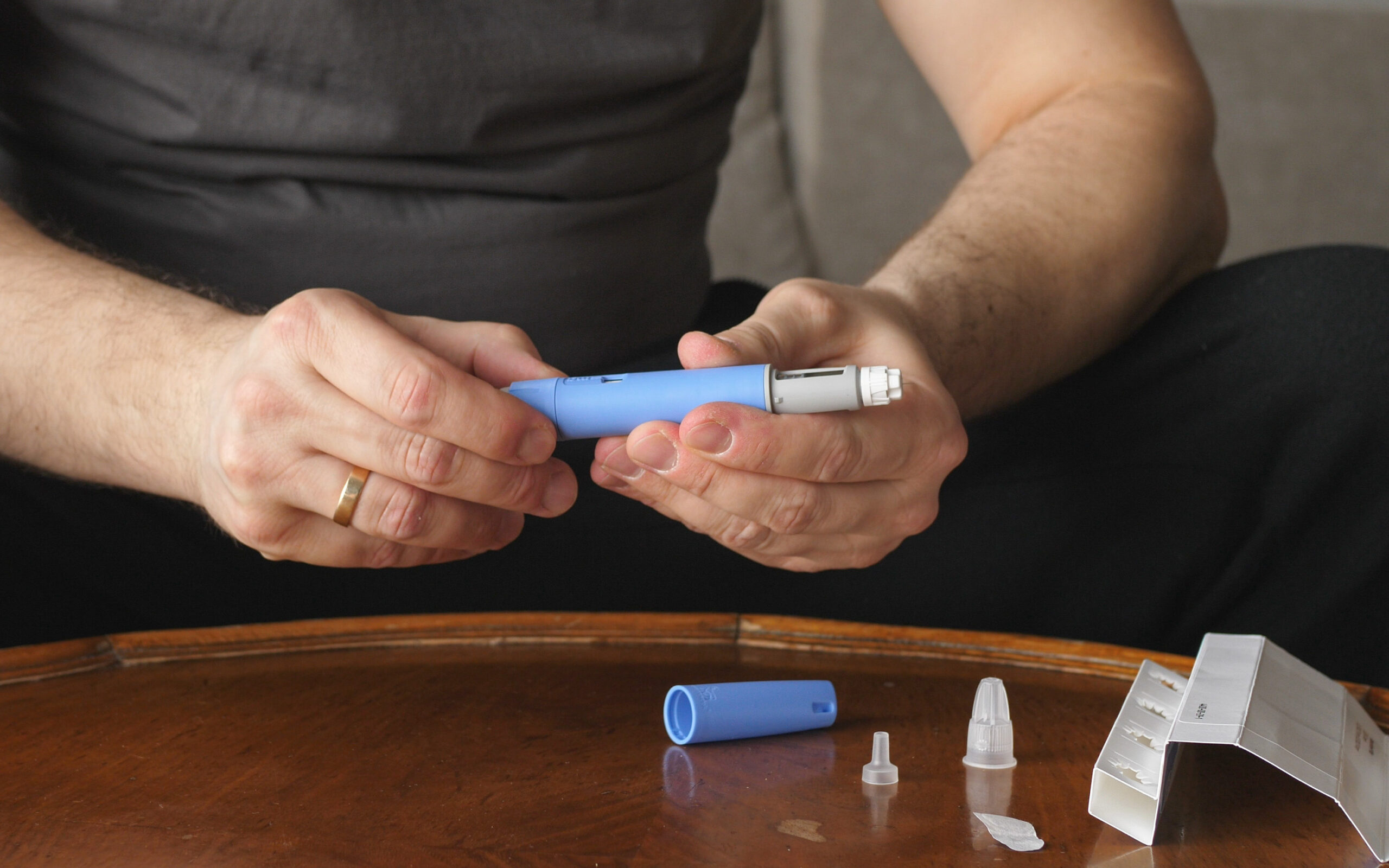As a cardiologist specializing in obesity medicine, I frequently encounter patients who could significantly benefit from the latest generation of weight loss drugs acting as glucagon-like peptide 1 (GLP-1) agonists. Take, for instance, the recent findings from the SELECT trial where semaglutide (marketed as Wegovy for weight loss and Ozempic for type 2 diabetes by Novo Nordisk) showcased a notable 20% reduction in the risk of heart attacks and strokes among overweight and obese individuals without diabetes but with cardiovascular disease. This positions semaglutide as a medication altering cardiovascular disease outcomes in those without type 2 diabetes.
However, the soaring demand for these novel weight loss medications has led to an enduring shortage. Both Novo Nordisk and Eli Lilly, the manufacturers of the FDA-approved drugs semaglutide and tirzepatide respectively (marketed as Zepbound for weight loss and Mounjaro for type 2 diabetes), are struggling to meet this overwhelming need.
To ensure uninterrupted patient care, federal law permits compounding pharmacies to produce “essentially a copy” of medications listed as “currently in shortage” on the FDA’s drug shortage list. Both semaglutide and tirzepatide are listed. For Americans grappling with obesity and related conditions, these medications could serve as a vital resource.
Nevertheless, the widespread use of compounded GLP-1 agonists has drawn broad criticism from the medical community, even when sourced from reputable and legitimate compounding pharmacies.
The surge in demand has given rise to unregulated entities and scammers producing substandard or counterfeit versions of these drugs. The FDA has detected fraudulent products masquerading as weight loss drugs and has issued warnings against their distribution. Such products may contain incorrect ingredients, insufficient or excessive active ingredients, or even harmful substances. Some formulations use a semaglutide sodium salt variant with uncertain safety and efficacy, eliciting warnings from both the FDA and state pharmacy boards.
Many of these products are directly marketed to consumers online through websites and social media platforms, lacking adequate medical oversight. This practice poses significant safety concerns and warrants discouragement.
However, according to a statement by the Alliance for Pharmacy Compounding (APC), legitimate compounding pharmacies are not involved in selling these dubious products, particularly online. This illicit practice, which has attracted media attention, is occasionally misattributed to legitimate pharmacy compounding.
In contrast, legal and certified versions of GLP-1 agonist medications can be obtained from well-regulated and reputable compounding pharmacies. These pharmacies adhere to stringent federal and state regulations and dispense medications solely with valid prescriptions from licensed physicians.
Meanwhile, Novo Nordisk and Eli Lilly have initiated legal action against compounding companies in several states, raising concerns about the purity and potency of certain compounded products.
Compounding pharmacies are classified into two categories: 503A and 503B. While 503A pharmacies are state-licensed, 503B pharmacies are federally regulated outsourcing facilities subject to strict FDA oversight. This regulatory framework, established following a 2012 fungal meningitis outbreak associated with a compounding pharmacy, ensures enhanced quality control and oversight, especially for medications intended for intravenous or epidural use. These standards surpass those required for subcutaneous injections like GLP-1 analogs.
Amidst this uncertain landscape, where compounded drugs may vary in source, formulation, potency, and purity, leading obesity-related organizations have jointly issued a statement advising against the use of compounded GLP-1 agonists due to safety concerns and regulatory gaps.
However, this stance inadvertently underscores a crucial issue. By outright dismissing compounded medications, experts may inadvertently bolster the black market and overlook the needs of patients who could benefit from these medications, contrary to the intentions of the federal law exemption for compounding during drug shortages. In fact, the presence of unreliable suppliers underscores the importance of guiding the public toward trustworthy sources rather than imposing a blanket ban on medically appropriate alternatives.
The joint statement labels compounded GLP-1 agonists as “counterfeit.” This blanket characterization likely arises from a misunderstanding of the compounding process and its regulations. Legitimate and regulated pharmacies compound base GLP-1 agonists, which are essentially replicas of FDA-approved medications, not counterfeits. Recognizing this is essential for maintaining trust in both compounding pharmacies and regulatory bodies.
While it is true that “the only FDA-approved manufacturers of these medications are the companies that created the active pharmaceutical ingredients — Novo Nordisk and Eli Lilly,” the joint statement fails to acknowledge the exemptions provided by law that permit compounding copies of branded medications if they are on the shortage list.
Compounding pharmacies must source active pharmaceutical ingredients (APIs) from FDA-registered facilities, which are obligated to adhere to Current Good Manufacturing Practices (cGMP). This guarantees the quality, potency, and purity of APIs, crucial for the safety and efficacy of compounded medications.
Although compounded drugs lack FDA approval, they are not inherently unsafe. Compounded medications encompass vital drugs such as resuscitation medications and antibiotics and are frequently employed in healthcare settings, particularly during shortages. This raises questions about why compounded GLP-1 agonists would be treated differently in such circumstances.
Regarding alternative drugs for individuals with obesity at higher risk for cardiovascular disease, the brand-name FDA-approved alternative may pose more significant concerns than the compounded GLP-1 agonist. Obesity societies advise considering alternative treatments such as Qsymia and Contrave if GLP-1-based treatments are unavailable, despite potential cardiovascular risks. This public recommendation may not reflect a responsible risk-benefit analysis.
Instead of outright banning compounded GLP-1 medications, expert associations can contribute to the solution by establishing a “seal of approval,” acknowledging high-quality compounded medications. This would facilitate informed decision-making for clinicians and patients.
Potential Solutions:
- Preference for FDA-approved brands: Prioritize FDA-approved branded GLP-1 agonist medications due to their established safety and efficacy.
- Risk-benefit analysis for non-FDA-approved products: Consider prescribing non-FDA-approved versions of branded medications only when FDA-approved options are unavailable. Conduct thorough risk-benefit analyses with patients to ensure they understand potential risks and benefits.
- Choosing semaglutide copies for specific cases: In patients with obesity and cardiovascular disease, the cardiovascular disease-modifying properties of a compounded copy of semaglutide may outweigh the risks compared to other FDA-approved anti-obesity drugs or no treatment at all.
- Informed consent and monitoring: Obtain informed consent from patients before prescribing non-FDA-approved GLP-1 agonists, ensuring they understand the differences between FDA-approved and non-approved versions.
- Choosing between 503A and 503B pharmacies: Direct prescriptions for non-FDA-approved GLP-1 agonists to either 503A or 503B compounding pharmacies. Preferentially select 503B pharmacies for an additional layer of FDA regulation and quality assurance.
- Clear prescription specifications: Ensure prescriptions explicitly state that compounded GLP-1 agonists should be the base compound without additives.
- Requesting a Certificate of Analysis: Enhance safety by requesting a Certificate of Analysis from compounding pharmacies, providing detailed quality and composition information about the product.
- Ongoing monitoring: Continuously monitor patients’ response to medication and adjust treatment plans as necessary through regular follow-ups.
Credited Source: MEDSCAPE





